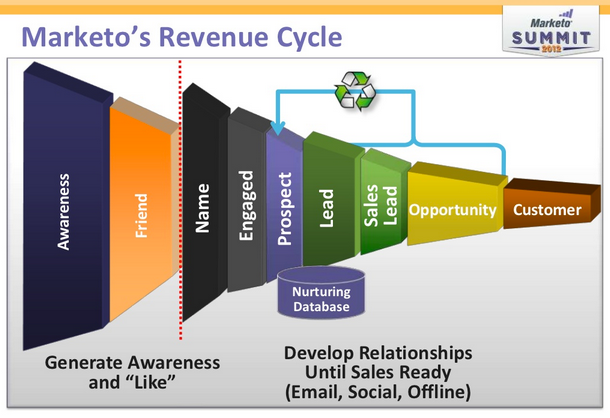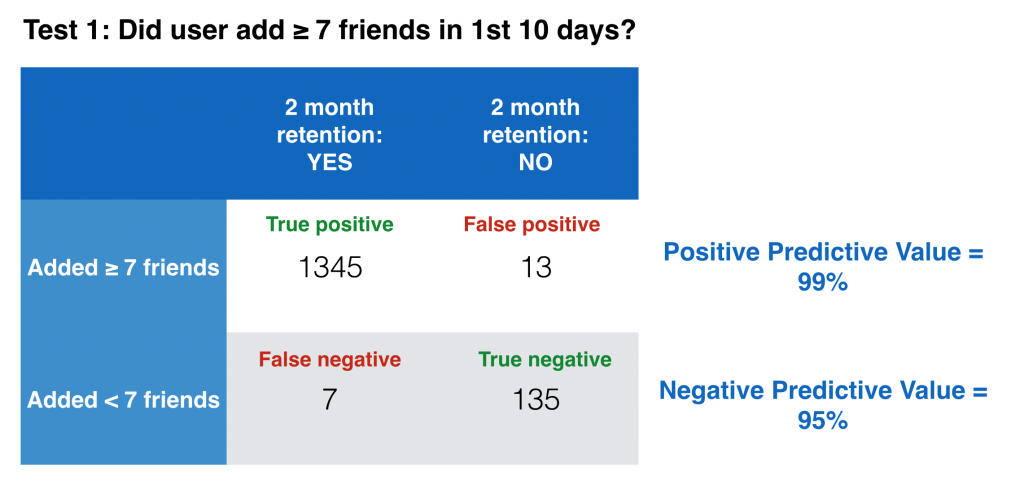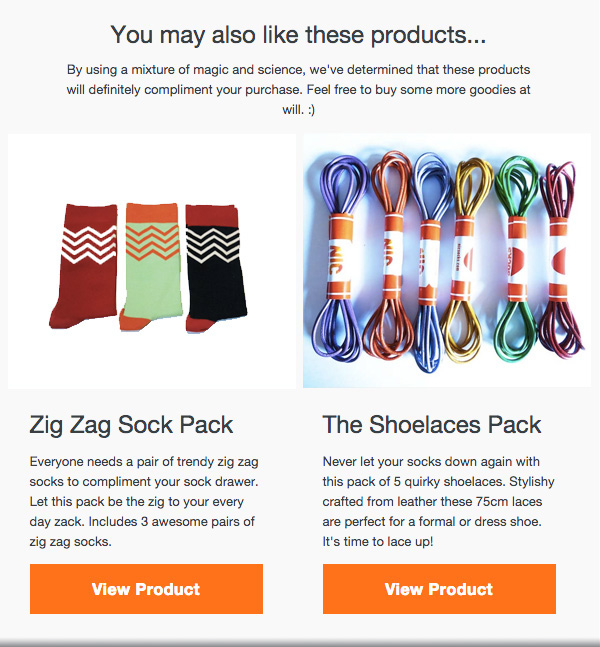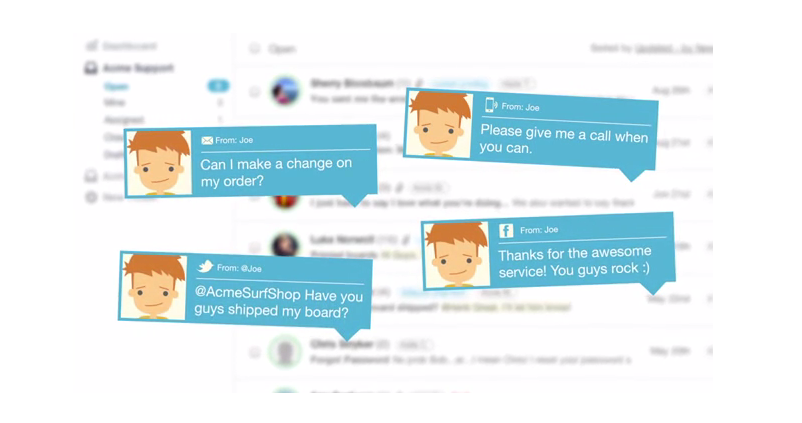Customer Retention: The Art of Turning New Customers into Repeat Buyers
82% of companies say it’s cheaper to retain a customer than acquire one.
Though most marketers and business owners agree, many still spend the majority of their time focusing on acquiring new customers. But, focusing solely on those new customers while undervaluing the possibility of actually keeping and retaining them is like pouring water into a bucket with a hole. Just as leaky buckets can’t hold water, growth becomes unsustainable when you focus on vanity metrics. Your ecommerce business can’t sustain itself without solidifying your customer retention plan.
The tricky part is that most customers aren’t loyal. In reality, the majority of customers who purchase for a first time are in the process of filling a need, and are not interested in a long-term, engaging relationship with a brand. (source) That means you need to figure out how to turn those first-time buyers into a long-term relationship. By nurturing these leads, you can effectively increase the lifetime value of your customers.
This post will explore how to nurture your leads through different phases of a customer lifecycle, and how to retain them for a long-term customer relationship (which is more sustainable for your ecommerce business).
Understanding the conversion funnel
Paying customers are the lifeblood of your business. However, not every user of your product is going to become a paying customer, much less a loyal customer.
The progression of your customer lifecycle is like a funnel. No doubt you’ve heard of the “funnel” concept in any research you’ve done on sales or marketing. Here at Blue Stout, we like the example from Marketo.

The Marketo example is called “Revenue Cycle”, which reinforces the end goal of optimizing your customer lifecycle: revenue. In this funnel, you can see the different stages customers go through and where they can drop off.
Understanding your funnel will not only help you focus on every aspect of your customer lifecycle, but it also helps you identify where customers are dropping off so you can focus on implementing prevention in those particular stages. Let’s take a look at 3 phases of your lifecycle (or revenue) funnel:
1. Initial Traffic
The “awareness” stage in the Marketo funnel can refer to various methods of making sure your potential customer knows who your brand is and what you’re selling. Your initial traffic is one of the most important metrics because it can help you validate your product / service. Read more about how our CEO generated initial traffic and acquired his first paying customers in this post.
2. Turn Prospects into Paying Customers
The majority of your website visitors are usually just browsing and not looking to make a purchase. A study conducted by Nextopia found that 37% of online shoppers abandoned their carts because they were just browsing. (source) Your prospects, or website visitors, need some convincing. In this step of your funnel, focus on engaging these potential customers by doing 2 things:
- Make sure they’re seeing your value proposition (and that it’s a good one). Read more on developing a good value proposition in this post.
- Make sure you’re using a good call to action (CTA). You should have a goal defined for your CTA to be sure that you’re getting the most out of your marketing. If your lead-nurturing strategy is to deliver drip content via newsletter, make sure you have an email sign up CTA present on relevant pages of your site and / or in your social profiles.
3. Retention
This is the most profitable stage of the life cycle, yet the most difficult to perfect. Once a visitor converts into an actual customer (makes a purchase), the challenge is re-engaging them and earning their loyalty to your brand.
Only 32% of customers place a second order in their first year as a customer. (source)
How can you learn from that 32% and apply the learnings to the other stages of your funnel?
Retention Strategies
If you nurture leads properly through each stage of your revenue funnel, you’ll be able to double the lifetime value of your customers, which in turn means you’ll have a much more sustainable business. Marketing to current customers gets you higher return on investment, as much as 67% more.
Let’s look at 3 strategies to help you retain your ecommerce customers:
1. Find your success metric
To understand why customers repeat a purchase, you must understand the success metric of what converted your website visitors to repeat buyers. Let’s look at an example from Facebook to understand this process: In the early days, Facebook faced a user-retention problem. The issue was that new users were pouring in, but only a few were engaging with the site and continually using the product. Facebook analyzed the data and found that users who connected with 10 friends within 7 days of signing up were more likely to become long-term (repeat) users. Or, in the case of our Marketo funnel: customers.
So for Facebook, the success metric was 10 friends in 7 days.

Though Facebook is not strictly focused on ecommerce sales, the strategy is absolutely applicable to your ecommerce business. To identify the success metric of your company, analyze your user engagement data. Tools like Jirafe allow you to pinpoint one customer and look thoroughly into their behavior. Through what channel was their first purchase? How long was it until they made their second one? What did they purchase the second time? How engaged are they on the emails they receive from you?
The advantage of having a snapshot of this information can help you determine the success metric. Perhaps it’s something like delivering a targeted email drip campaign to a first-time buyer within the first 60 days of their purchase. Whatever conclusion you make, once you have this metric identified you can reframe your customer experience around this data.
Related: Double-Down on Free Shipping: Why is Your Most Powerful Marketing Tool
2. Send targeted emails
On average, loyal customers are worth up to 10 times as much as their first purchase. So, how can you turn a customer into a loyal customer?

After a customer makes their first purchase, you can send a targeted, follow-up email to re-engage with them. By suggesting similar products to purchase, offering your latest blog post, or perhaps even offering a discount code for their next purchase, you have a better chance of turning them into a repeat buyer. A good way to re-engage immediately after a sale is to do so in their digital receipt. We like Receiptful for this solution because they offer several ways to generate extra revenue from your customers’ receipt.
You can also send targeted emails to “lost” customers, or those who have gone much longer than average without making a second purchase. There are many SaaS companies like Pardot (large budget) or SharpSpring (lower budget) that can help you execute developing targeted follow-up content to send your users who have “fallen out” of your funnel.
3. Customer service
Everybody knows Amazon is the largest internet-based retailer, and they dominate most ecommerce industries because of their competitive pricing and incredibly fast shipping. Though they are the juggernaut of online retail, they still maintain incredible customer support. In fact, they were listed #1 on the Customer Service Hall of Fame in 2014, making it their 5th consecutive time to own the top rank. They are known globally for delivering their items on time, and for being very fair with their return policy.
OK, so you’re not a juggernaut. It doesn’t matter. Brands and companies of all sizes can take practical steps to focusing on improving their customer experience.

Alex Turnbull of Groove recently wrote a great post on competing with large brands, and customer service is an area of strength for small- to medium-sized businesses (Read: Goliath leaves a lot of customers behind). Customer service interactions are nearly four times more likely to lead to disloyalty than loyalty. To provide better customer service for your brand, we recommend checking out Groove, Help Scout and Zendesk.
Nurturing Your Customer Relationships
How do you nurture your customer relationships? Have you used any of the above tactics or tools? Let us know in the comments below or tweet at us @bluestout.
Like What You Read?
For more ecommerce business tips, sign up for our newsletter and follow our company page on LinkedIn.






